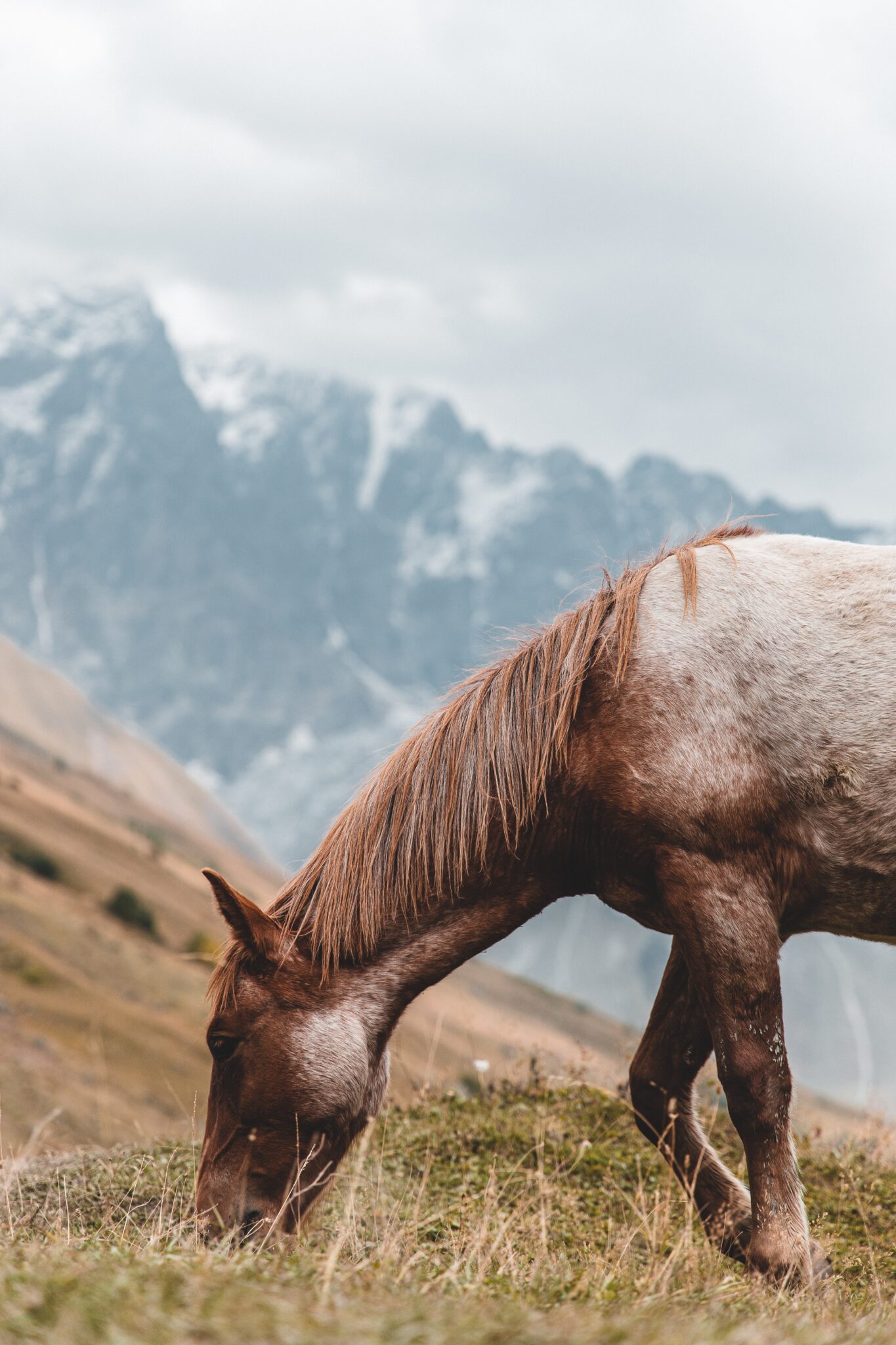Papillomas in horses
Papillomas, also known as warts, are a common viral skin disease in horses. They are caused by the equine papillomavirus (EPV), which is highly contagious and can be transmitted between horses through direct contact or contaminated equipment. While papillomas are not usually a serious health concern, they can be unsightly and can cause discomfort or irritation for the horse.
Papillomas in horses typically appear as small, raised bumps on the skin, especially on mobile areas such as lips, eyelids, and genital areas. They can also develop in the throat, causing difficulty in swallowing. In some cases, papillomas can also develop in the respiratory tract, leading to coughing or other breathing problems.
It’s also not unusual for the skin to crack and bleed, or for papilloma warts to break off in mobile areas, like on the lips and nose. Some horse owners believe that once they bleed and scab, the warts will go away faster. However, any open wound must be closely monitored to prevent infection. You may use Sanocyn forte to disinfect the wound. Rinse the wound generously with Sanocyn forte Solution and allow it to dry. The Solution removes unwanted bacteria, fungi and viruses, creating the best condition to the wound healing. Afterwards you can apply Sanocyn forte Hydrogel. It adheres excellently, keeps the wound moist and forms a protective film, which can prevent new infections.
Papillomas in horses are more common in young animals but can also occur in older horses. The virus that causes papillomas can be transmitted through direct contact with an infected horse, or through contact with contaminated equipment, such as grooming tools, halters, or feed buckets. The virus can also be transmitted indirectly through contact with contaminated surfaces, such as stalls or fences.
While papillomas in horses are usually benign, they can cause discomfort. Horses may experience irritation or itching around the affected area, and may rub or scratch at the papilloma, which can lead to secondary infections or other complications. In some cases, large or multiple papillomas may require treatment, such as surgical removal or cryotherapy, to prevent them from interfering with the horse’s normal activities or causing other health problems.

The best way to prevent papillomas in horses is to practice good hygiene and biosecurity measures. This includes regularly cleaning and disinfecting equipment, as well as isolating any horses that are showing signs of the virus. Additionally, it is important to avoid sharing equipment, such as grooming tools or water buckets, between horses.
Vaccines for EPV are available, and can help to reduce the risk of infection in horses. However, it is important to note that the vaccine may not provide complete protection against all strains of the virus.
In conclusion, papillomas are a common viral skin disease in horses that are caused by the equine papillomavirus. While papillomas are generally not serious, they can be unsightly and can cause discomfort or irritation for the horse. Prevention of papillomas in horses involves practicing good hygiene and biosecurity measures, as well as considering vaccination. If your horse does develop a papilloma, it is important to consult with your veterinarian to determine the best course of treatment.
Share our post:
